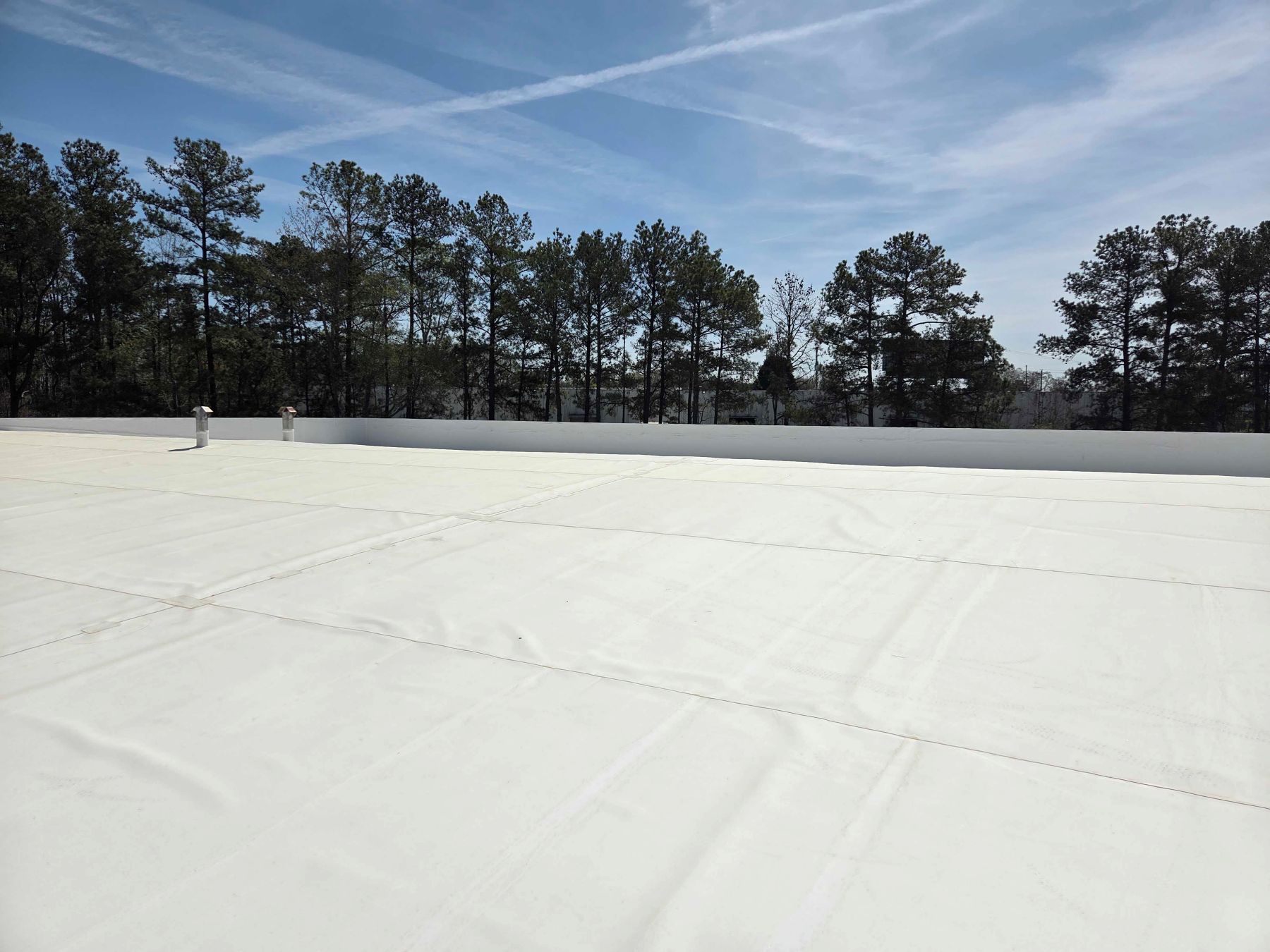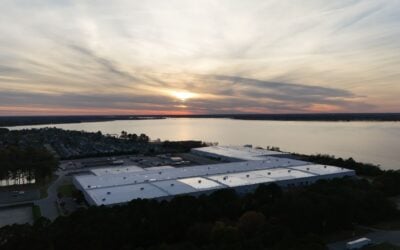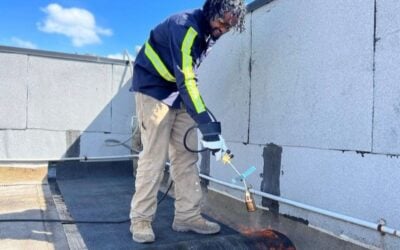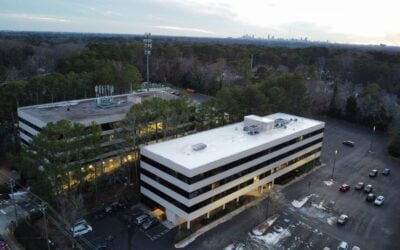Commercial roofing is a vital component of any business or industrial building. Not only does it protect the structure from the elements, but it also plays a crucial role in energy efficiency and building safety. However, to ensure that a commercial roof performs effectively, it must be constructed and maintained in compliance with various regulations and industry standards. These regulations are designed to ensure safety, durability, and sustainability while minimizing risks to both the building occupants and the environment.
In this blog post, we’ll explore some of the key regulations and standards that govern commercial roofing in the United States, offering insights into what property owners and roofing contractors need to know.
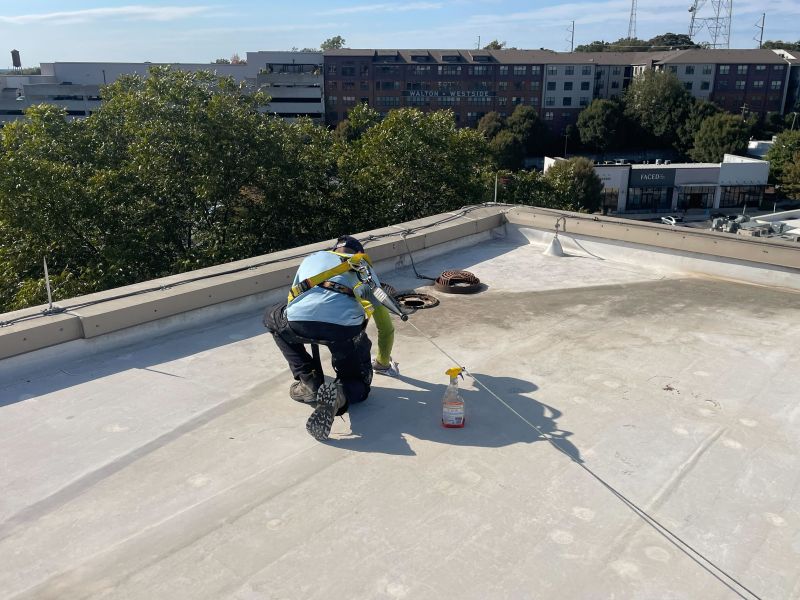
1. International Building Code (IBC)
The International Building Code (IBC) is a comprehensive set of regulations that applies to all building construction in the U.S., including roofing. Established by the International Code Council (ICC), the IBC covers everything from structural integrity to fire safety and materials performance. Specific to commercial roofing, the IBC addresses:
Roof Load Requirements: The IBC sets forth standards for the amount of weight a roof must be able to support, including snow, wind, and equipment loads. This ensures that roofs can withstand extreme weather conditions and the weight of HVAC units, antennas, or solar panels.
Fire Resistance: Commercial roofs must be made of fire-resistant materials or have fire-resistant coatings to reduce the risk of fire spread. The IBC requires fire-resistant ratings for both the roofing materials and the building’s structural components.
Roof Slope and Drainage: The IBC provides guidelines on roof slope to ensure proper drainage. A flat or low-slope roof must have a functional drainage system to prevent water pooling, which can lead to leaks or structural damage.
2. National Roofing Contractors Association (NRCA) Standards
The National Roofing Contractors Association (NRCA) is one of the leading trade organizations for the commercial roofing industry. They provide comprehensive guidance on roofing best practices, which help ensure that roofs are installed and maintained according to industry standards. Some of the key guidelines issued by the NRCA include:
Roofing System Design: NRCA recommends specific roofing systems for different building types based on climate, building use, and other factors. This ensures that the roofing system chosen will provide maximum longevity and performance.
Installation Guidelines: NRCA provides detailed instructions on the correct installation of various types of commercial roofing, including single-ply membranes, modified bitumen, and built-up roofing (BUR). These standards help reduce errors and improve the overall performance of the roofing system.
Roofing Material Specifications: NRCA sets forth guidelines for selecting roofing materials based on durability, sustainability, and environmental factors. These guidelines are essential for ensuring that materials meet the required standards for strength, insulation, and fire resistance.
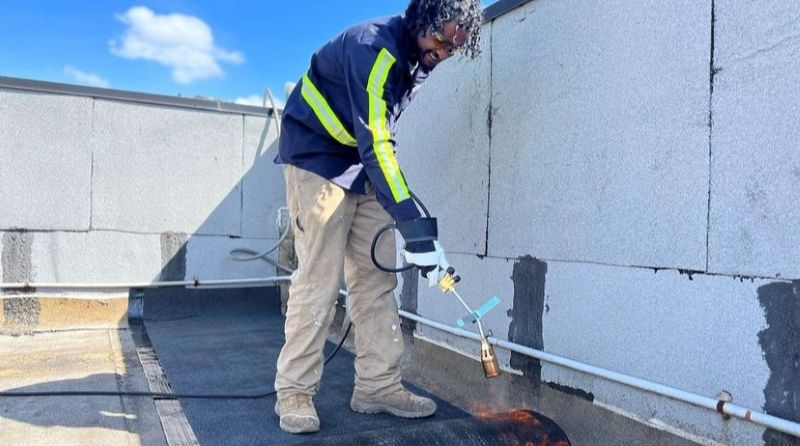
3. OSHA Regulations
The Occupational Safety and Health Administration (OSHA) enforces workplace safety regulations, including those that pertain to commercial roofing projects. Roofing work is inherently hazardous, and OSHA’s regulations are designed to protect both workers and property. Key OSHA regulations for commercial roofing include:
Fall Protection: OSHA requires fall protection for all workers on roofs that are six feet or higher from the ground. This includes guardrails, safety nets, or personal fall arrest systems to prevent falls, which are a leading cause of fatalities in the construction industry.
Personal Protective Equipment (PPE): OSHA mandates the use of appropriate PPE for roofing workers, including hard hats, gloves, safety glasses, and footwear to minimize injury risks.
Heat Stress: Roofers often work in extreme heat, particularly in the summer months. OSHA has guidelines in place to prevent heat-related illnesses, including rest breaks, hydration, and the use of cooling vests when necessary.
4. Energy Efficiency Standards (ASHRAE & ENERGY STAR)
Commercial roofing is also subject to energy efficiency standards, which can lead to significant cost savings for building owners. Two major standards in this area include:
ASHRAE 90.1: The American Society of Heating, Refrigerating and Air-Conditioning Engineers (ASHRAE) sets standards for energy efficiency in buildings, including roof insulation and reflective properties. The goal of ASHRAE 90.1 is to reduce energy consumption and lower the carbon footprint of buildings. For commercial roofing, this means selecting materials with high thermal resistance (R-value) and ensuring that roofs are properly insulated to reduce heating and cooling costs.
ENERGY STAR: ENERGY STAR is a certification program managed by the U.S. Environmental Protection Agency (EPA) and the U.S. Department of Energy (DOE). Commercial roofing products, such as reflective roofing membranes, can earn the ENERGY STAR label if they meet specific energy efficiency criteria. Roofing systems with high reflectivity help reduce the urban heat island effect, lower cooling costs, and improve overall energy performance.
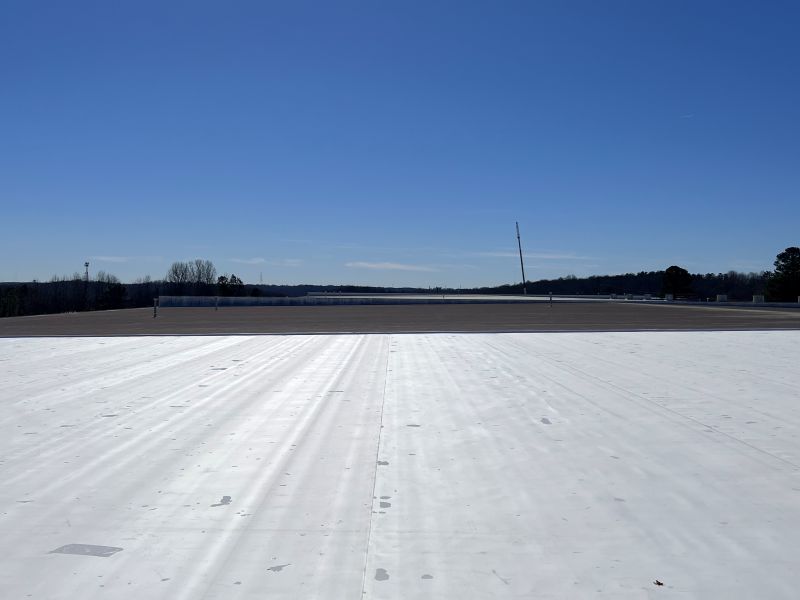
5. Building Owners and Managers Association (BOMA) Standards
The Building Owners and Managers Association (BOMA) provides guidelines for managing and maintaining commercial buildings, including roofing systems. These standards focus on:
Maintenance and Inspections: BOMA emphasizes the importance of regular roof inspections and maintenance to extend the life of a roof. This includes checking for signs of wear, damage, or leaks and addressing issues promptly to prevent costly repairs.
Sustainability and Green Building Certifications: BOMA also promotes sustainable roofing practices, including the use of green roofs and eco-friendly materials, which can contribute to LEED (Leadership in Energy and Environmental Design) certification and other sustainability initiatives.
Conclusion
Navigating the complex landscape of commercial roofing regulations and standards is essential for ensuring that roofs are safe, energy-efficient, and long-lasting. Whether you are a property owner or a roofing contractor, understanding and adhering to these key regulations will help you make informed decisions, reduce risks, and comply with legal requirements. From the International Building Code (IBC) to ENERGY STAR certifications, these standards are designed to safeguard the quality, safety, and sustainability of commercial roofs, ultimately protecting your investment and ensuring the comfort and safety of building occupants.

